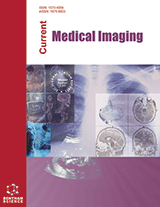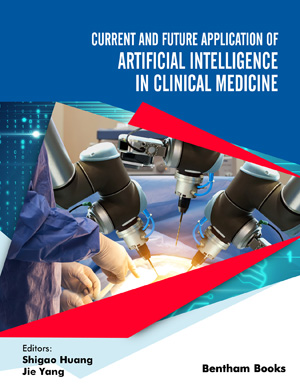
Abstract
Background: The combination of FFDM and DBT can significantly improve the diagnostic efficiency of breast cancer, but with the increase of breast radiation absorbed dose.
Objectives: To compare and analyze the radiation dose and diagnostic performance of different mammography positions combinations of digital breast tomosynthesis (DBT) and full-field digital mammography (FFDM) for different density types of breasts.
Methods This retrospective study involved 1,195 patients who underwent simultaneous breast DBT and FFDM. The mammography combinations were Group A, FFDM(CC+MLO); Group B, FDM(CC)+DBT(MLO); Group C, FFDM(MLO)+DBT(CC); Group D, DBT(CC+MLO); and Group E, FFDM(CC+MLO)+DBT(CC+MLO). An intergroup comparative analysis of radiation dose and diagnostic performance of different combinations of mammography positions for different breast density types was performed using the pathologic and 24-month follow-up results as the diagnostic basis.
Results: Overall, 2,403 mammograms indicated 477 cases of non-dense breast tissues and 1,926 cases of dense breast tissues. Differences in the mean radiation dose for each non-dense and dense breast group were statistically significant. The areas under the diagnostic receiver operating characteristic (ROC) curves for the non-dense breast group were not statistically significant. In the dense breast group, the z-values were 1.623 (p = 0.105) and 1.724 (p = 0.085) for the area under the ROC curve in Group C compared with Groups D and E, respectively, and 0.724 (p = 0.469) when comparing Group D with Group E. The differences between the remaining groups were statistically significant.
Conclusion: Group A had the lowest radiation dose and no significant difference in diagnostic performance compared with the other non-dense breast groups. Group C had high diagnostic performance in the dense breast group considering the low radiation dose.
Keywords: Absorbed radiation dose, Diagnosis, Digital mammography, Cross-sectional synthesis technique, Two-view combination, Breast cancer.
[http://dx.doi.org/10.3322/caac.21492] [PMID: 30207593]
[http://dx.doi.org/10.1001/jama.2020.0572] [PMID: 32096852]
[http://dx.doi.org/10.1148/radiol.2019180760] [PMID: 31084476]
[http://dx.doi.org/10.1007/s12282-017-0805-9] [PMID: 28956298]
[http://dx.doi.org/10.1016/j.jmir.2020.08.018] [PMID: 32943362]
[http://dx.doi.org/10.3390/healthcare9121758] [PMID: 34946484]
[http://dx.doi.org/10.1097/RLI.0000000000000334] [PMID: 27861206]
[http://dx.doi.org/10.7326/M15-1789] [PMID: 26757021]
[http://dx.doi.org/10.2214/AJR.18.21060] [PMID: 31613659]
[http://dx.doi.org/10.1007/s00330-014-3402-8] [PMID: 25163902]
[http://dx.doi.org/10.1001/jamaoncol.2018.7078] [PMID: 30816931]
[http://dx.doi.org/10.1016/j.medengphy.2019.09.001] [PMID: 31554573]
[http://dx.doi.org/10.1088/1361-6560/aaa614] [PMID: 29311416]
[http://dx.doi.org/10.1088/1361-6560/aafcda] [PMID: 30625429]
[http://dx.doi.org/10.1016/j.acra.2017.12.015] [PMID: 29395801]
[http://dx.doi.org/10.1002/mp.13629] [PMID: 31135960]
[http://dx.doi.org/10.1016/j.breast.2021.07.016] [PMID: 34329948]
[http://dx.doi.org/10.5334/jbsr.2457] [PMID: 34786534]
[http://dx.doi.org/10.1186/s12885-018-4263-3] [PMID: 29615072]
[http://dx.doi.org/10.1148/radiol.2017170745] [PMID: 29237146]
[http://dx.doi.org/10.2147/IJGM.S300584] [PMID: 33833554]
[http://dx.doi.org/10.3390/jimaging8080211] [PMID: 36005454]
[http://dx.doi.org/10.1007/s00330-014-3399-z] [PMID: 25182628]
[http://dx.doi.org/10.1007/s00330-013-2831-0] [PMID: 23620367]
[http://dx.doi.org/10.1007/s00330-017-5167-3] [PMID: 29230524]
[http://dx.doi.org/10.1148/radiol.212727] [PMID: 35579518]
[http://dx.doi.org/10.1016/j.breast.2022.09.007] [PMID: 36183671]
[http://dx.doi.org/10.1148/radiol.2021210190] [PMID: 34519572]












